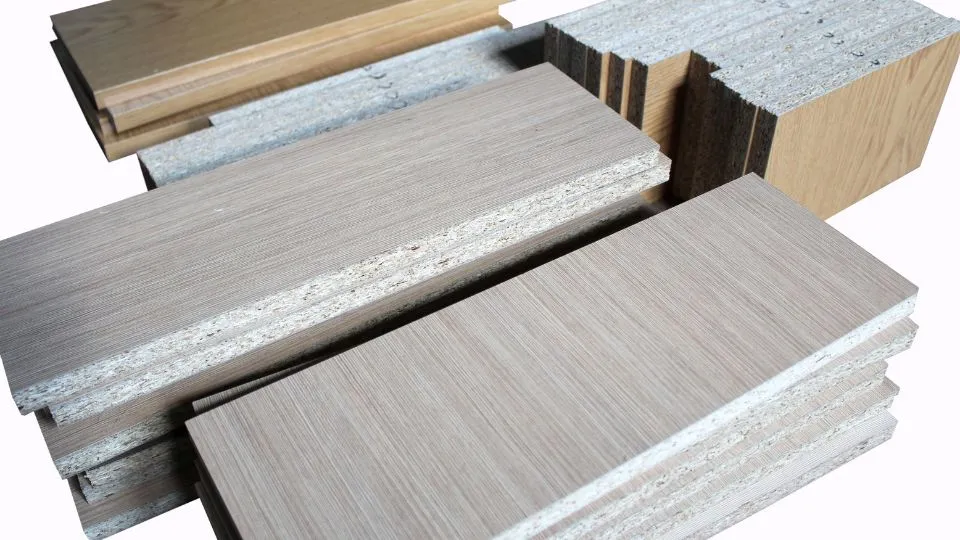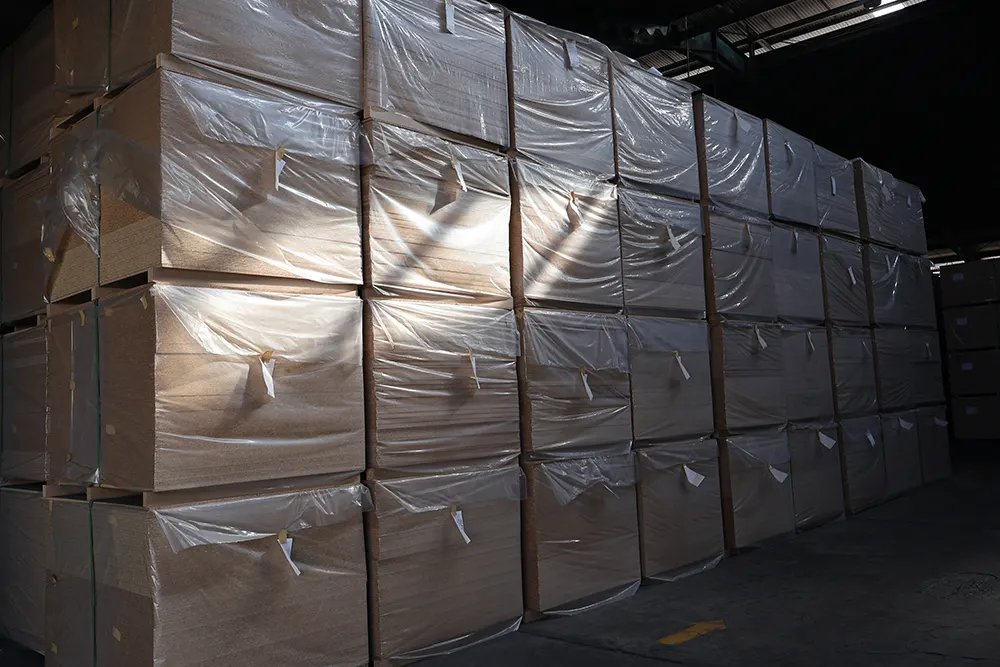In the world of construction and interior design, there are many materials used to create strong and functional products. One material that is often used in various applications is chipboard.
In this article, we will discuss chipboards, what are its advantages, and their uses for construction or interior design projects. Let’s see the explanation below.

Knowing What is Chipboard
Before discussing this further, let’s first understand what chipboard is. Chipboard, also known as particle board, compresses sawdust or wood fibers using an adhesive to create the material.
The process will produce a solid and sturdy sheet, with varying strength and durability depending on the quality and use.
Advantages of Chipboard
Chipboard has several advantages that make it a popular choice in various construction and interior design projects. Here are some of the advantages of using chipboard:
- Affordable Price
One of the main advantages of chipboard is its affordability.
This makes it a cost-effective option, especially in large projects that require a lot of materials. - Strength and Stability
Despite being made of compressed sawdust, chipboard has good strength. In proper use, this particle board is able to support loads well and remain sturdy.
This makes it a good choice for making furniture, shelves, and other structures that require reliable strength and stability. - Moisture Tolerance
Particle board has a good level of moisture tolerance, especially with proper protection and preservation.
In drier environments, this board performs well without succumbing to moisture damage. Keep in mind, however, that this board is not resistant to direct water and requires additional protection in wet conditions. - Wide Design Potential
Chipboard outshines other materials such as solid wood or MDF (Medium Density Fiberboard) in terms of economy. You can coat it with decorative layers such as laminate, wood veneer, or paint.
This gives you the flexibility to create products with various looks and styles, ranging from simple to luxurious. - Environmentally Friendly
The main raw material of this board is sawdust or wood fiber produced from cutting wood. Utilizing chipboard allows for the efficient use of wood waste, minimizing wastage. Additionally, boards made from recycled wood fibers or other organic materials offer a more eco-friendly alternative to synthetic materials. - Wide Usage
Chipboard has a wide range of uses in the construction and interior design industry. Its strength and reliability make it a preferred choice for various applications, including furniture, shelves, flooring, partition walls, and more. It finds extensive use in large-scale projects such as residential, office, or commercial buildings. - Efficient Production Process
The production process of this board is relatively efficient and fast. The process involves mixing wood powder or wood fiber with adhesive, then compressing and heating it to form chipboard sheets.
This makes it a material that is available in large quantities and with a relatively short production time.
With all these advantages, it is no surprise that chipboard is a popular choice in the construction and interior design industries.
Its advantages in terms of price, strength, and design potential, provide flexibility in creating high-quality products without having to sacrifice the project budget.


